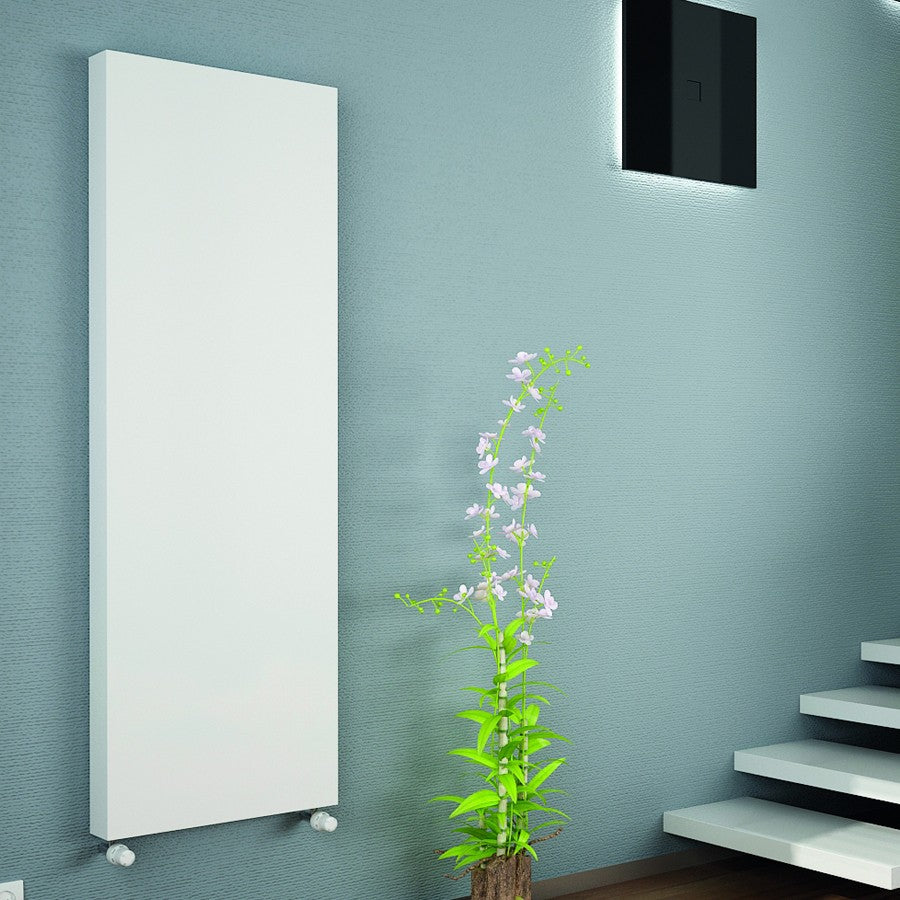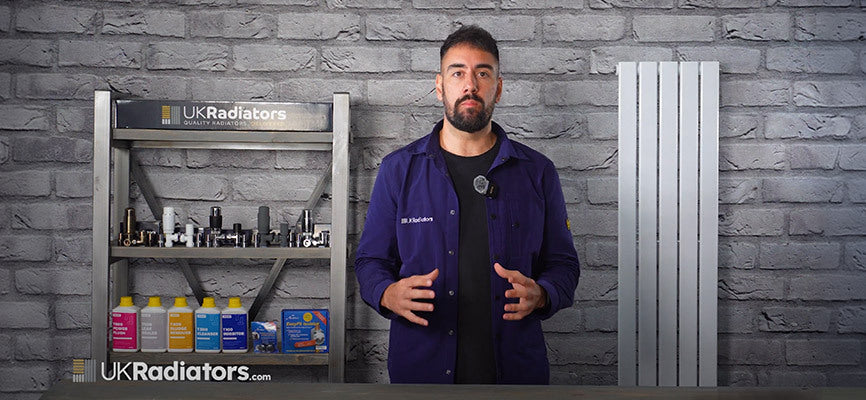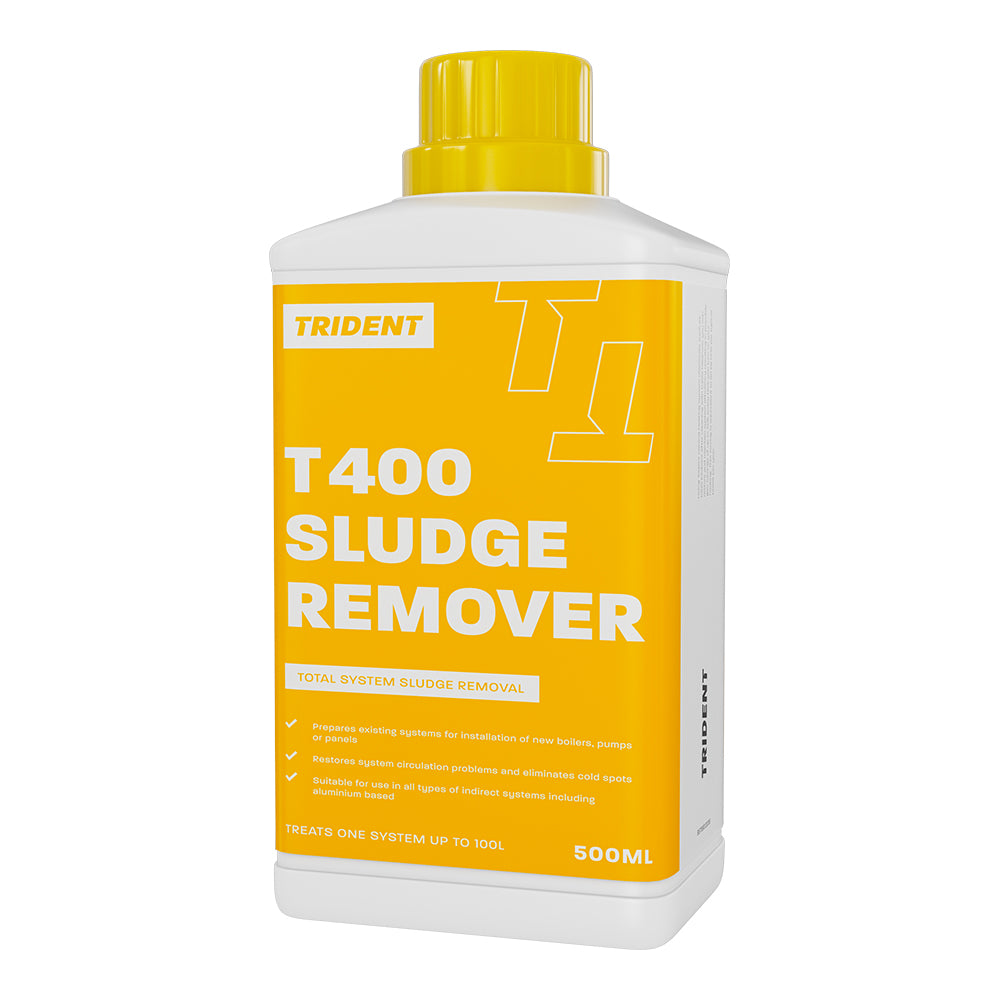
The difference between single and double convector radiators
Most UK households tend to favour convector radiators, more commonly known as panel radiators. We’re sure you know the type we’re talking about: they’re usually made from steel, are often white in colour, and are generally positioned horizontally along the wall at floor or skirting board level. This popular model is broken down further into two main types: single panel radiators and double panel radiators. There are some differences between the two which we will go over to help you make the best choice for your needs.
The main differences
The main, but most important difference between the two types of radiators is the number of convecting panels. Single panel radiators (Also known as Type 11 radiators) just have the one at the front with convector fins behind while double panel radiators have two panels with either one (Type 21) or two (Type 22) rows of fins sandwiched in between. Type 11 radiators tend to be more compact so are good for small spaces and compact bedrooms while Type 21 and 22 radiators usually boast a larger heat output. These styles of radiators are excellent options for kitting out your whole house to achieve a cohesive look while still catering to the needs of each room.
Heat output levels
Whether a double or a single panel radiator, both pump out heat in the same manner. Hot water flows into the radiator panel from your central heating system, heating up the metal panel which subsequently releases the heat into the room, warming the air. The amount of heat released is down to a matter of surface area: the larger the panel, the more heat is released and the more efficient the radiator is. By default, a double panel radiator scores more highly than a single panel radiator, literally having twice the surface area and thus a much greater heat output of a similarly sized single panel model.
Convector fins
Another way to increase the amount of surface area on your radiator is by convection fins. The convector fins are the metal ‘zig zags’ that can be found at the back or between panels of your radiators. As your radiator warms up, they are heated at the same time, offering a greater surface area and therefore, better heat output.
Size and space
When it comes to convector radiators, projection (the distance it comes out from the wall) is just as important as the height and width. Double panel radiators tend to have a larger projection than their single panel counterparts so are better suited for larger rooms that have more space as well as a larger need for heat. If you’re installing a radiator in a small room like a bathroom, or a narrow hallway, a double panel radiator might simply not fit, obstructing doors, and restricting passage. When thinking of installing new radiators, make sure you check the overall projection of the model you’re looking at to ensure you’re not obstructing walkways or encroaching on precious floor space in your home. The less room you have for manoeuvre, the more sense it makes to install a single panel radiator instead.
More than convectors
Convector radiators aren't the only radiators available with single or double panels. Many designer radiators, like our Typhoon and Omeara ranges, come in single and double panel versions which means you can keep your radiator style consistent throughout the home but also meet each room's head output requirements. Much like convectors, a designer double panel radiator simply has a second row of tubes at the back that are usually identical to the front row. While a single panel just has the front row of tubes. At UK Radiators, we have an extensive range of single and double panel radiators available. Browse our full range of central heating radiators to find your perfect heating solution or check out our range of single panel and double panel radiators if you already know what you’re looking for. Don’t forget to also check out our Advice Centre for all the information and inspiration you need on radiators.










